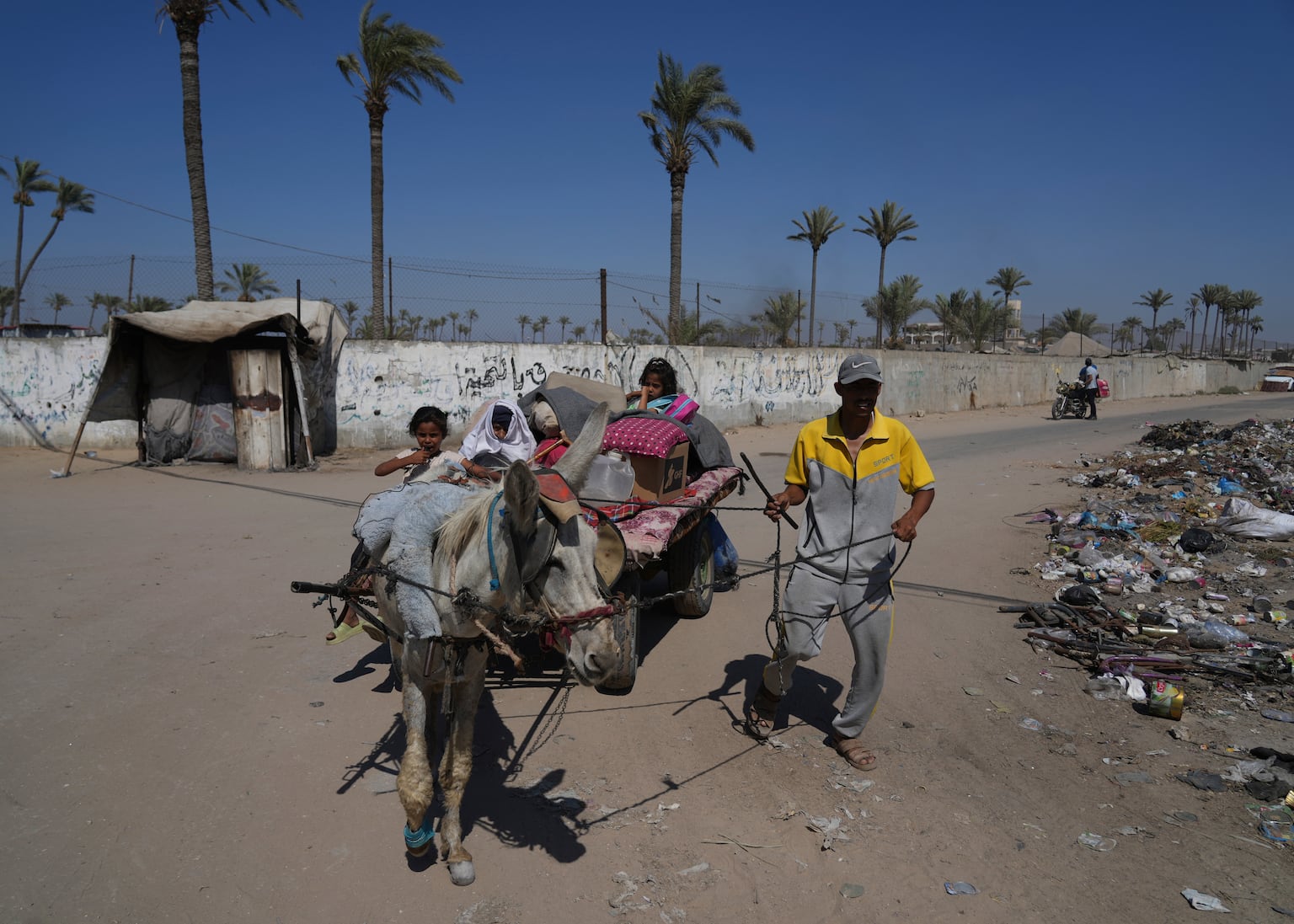Escalating Violence and Aid Crisis in Gaza
The United Nations food agency has raised serious concerns over the use of military force by Israeli forces against civilians in Gaza, particularly during a critical moment when Palestinians were attempting to access life-saving food aid. The incident, which took place in northern Gaza, resulted in what the local Health Ministry described as one of the deadliest days for those seeking assistance.
According to reports, the World Food Programme (WFP) condemned the violence that erupted as Palestinians tried to reach a convoy of trucks carrying essential supplies. The Health Ministry in Gaza confirmed that at least 80 people were killed in the attack, though the exact number remains unclear due to the chaotic conditions on the ground.
The Israeli military stated that it fired warning shots to neutralize an immediate threat, but it has not fully accepted the death toll provided by Palestinian authorities. This accusation from a major aid organization, which typically maintains good relations with Israel, adds weight to accounts from witnesses who also reported that Israeli forces opened fire on the crowd.
This tragic event underscores the growing challenges faced by residents in Gaza, who continue to struggle for basic necessities amid an ongoing conflict that shows no signs of ending. The situation is further complicated by the lack of progress in ceasefire negotiations between Israel and Hamas, despite ongoing talks. It remains uncertain whether any agreement will lead to a lasting resolution.
As of now, the death toll in Gaza has surpassed 58,800, according to the Health Ministry. While the ministry does not separate casualties into militants and civilians, it estimates that more than half of the dead are women and children. Despite its affiliation with the Hamas government, the Health Ministry is regarded by the UN and other international organizations as the most reliable source of casualty data.
In addition, Israel has expanded evacuation orders to include areas that have been less affected compared to others, signaling the potential emergence of new battlegrounds and further restricting the movement of Gazans.
On Sunday, the Health Ministry, witnesses, and a UN official reported that Israeli forces opened fire on crowds attempting to access food from a 25-truck convoy that had entered a heavily impacted area. The WFP statement corroborated these claims, stating that the crowd surrounding its convoy “came under fire from Israeli tanks, snipers and other gunfire.” However, the statement did not provide a specific death toll, instead noting that the incident resulted in the loss of “countless lives.”
The WFP emphasized that the victims were simply trying to access food to survive in a region on the brink of starvation. The agency also pointed out that this incident occurred despite assurances from Israeli authorities that aid delivery would improve. These assurances included the promise that armed forces would not be present or engage along aid routes.
Despite these claims, the Israeli military has not commented directly on the WFP allegations. A military spokesperson posted on social media that soldiers were instructed “do not engage, do not shoot.” However, due to the restrictions placed on international media, independent verification of these events remains difficult.
The situation in Gaza continues to deteriorate, with access to aid becoming increasingly dangerous. A US and Israeli-backed aid system has taken over some aspects of aid distribution from traditional providers like the UN. However, this system has been plagued by violence and disorder, with Palestinians heading toward aid distribution points often coming under fire.
The Gaza Humanitarian Foundation, which operates within this system, has reported that the majority of the violence has not occurred at its sites. Nonetheless, the overall environment remains volatile, leaving many vulnerable populations in desperate need of assistance.






